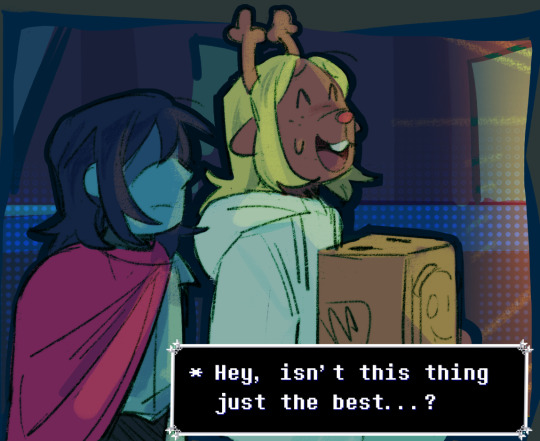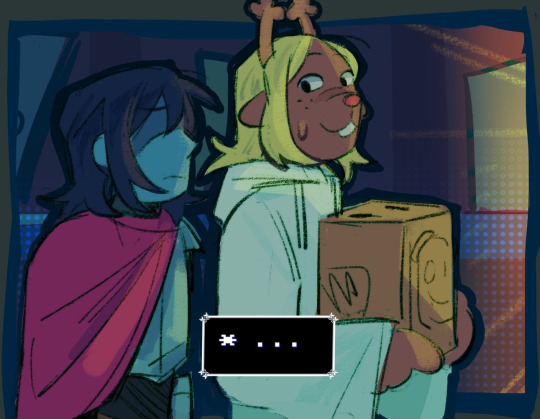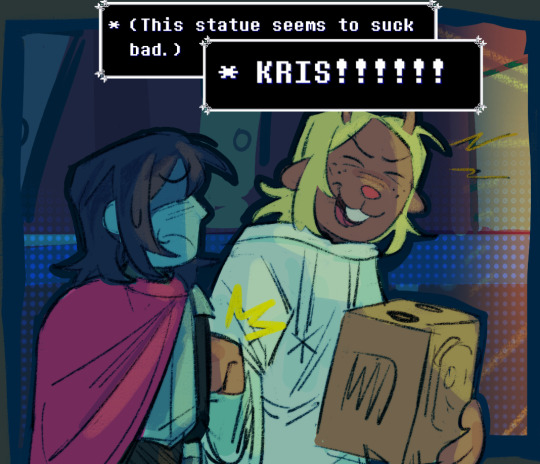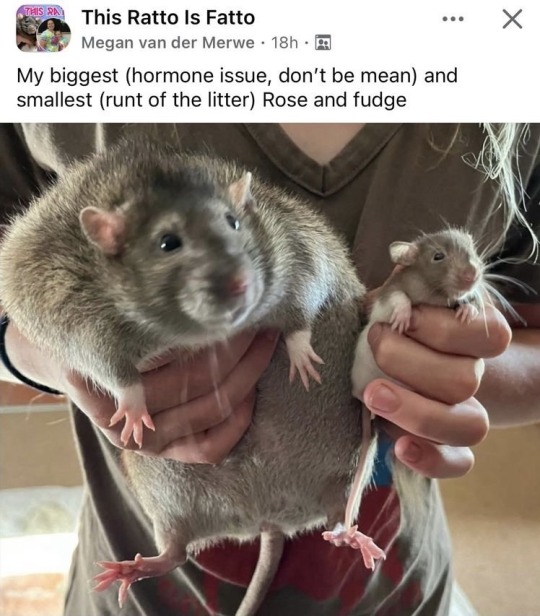she/heri’m just here to occasionally post art, yell about biology, ramble about ocs, and desperately try to keep rps alive. oh, yeah, and play ttrpgs.
Last active 4 hours ago
Don't wanna be here? Send us removal request.
Text
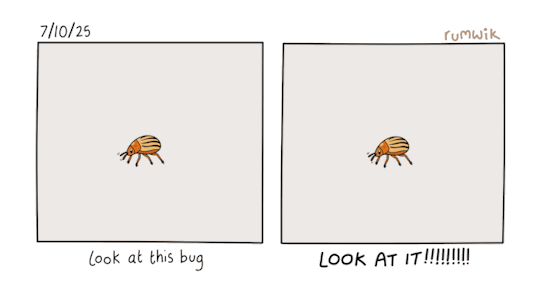
DO YOU SEE???
16K notes
·
View notes
Text
I did bird names FIRST just to set the record straight….I am MUCH more passionate about birds than fish!!!
3K notes
·
View notes
Text
Even if you did not submit any attacks, we still appreciate you greatly for being interested in Art Fight!
#i got 8 in! which is fairly decent#i thought i would do less because of my job#but i got a lot in at the start before job stuff got super busy#unfortunately the job is over literally today#just as artfight is also over#but that’s fine!! i still feel like i did alright!
3K notes
·
View notes
Note
have you heard of the beast known as the giant chinese salamander? it looks like an animal that you would love as it essentially looks as if a slug had a skeletal system of its own
Allow me to introduce you to my favorite picture of all time since I was in fourth grade:

583 notes
·
View notes
Text
I just saw an unexpected post that I have to ask about.
Do people actually eat tofu, like, for real? It's not a bit, people can actually tolerate eating it?
#tofu is excellent when it’s made well (and if you enjoy the texture)#my experience is mostly with firm tofu but it works best when it is fried or seared and gets a wonderful crunchy outside#for me it’s like chicken nugget without the sensory issues of occasionally getting gristle/fat in chicken pieces#tofu also needs flavorings#it has to be dipped or cooked in a sauce#man now i really want tofu
6K notes
·
View notes
Text

Birds in converse! Idk why I just drew it. And I'm making stickers with them!
11K notes
·
View notes
Text
136K notes
·
View notes
Text

UNMASKING THE BLUEBOTTLE REVEALING FOUR DISTINCT SPECIES THROUGH GLOBAL CITIZEN SCIENCE
For over two centuries, the Portuguese man o’ war (Physalia spp) was considered a single, cosmopolitan species, drifting across the world’s oceans and stinging unsuspecting swimmers. But new genomic research has overturned this long-held view, revealing that Physalia is not one species, but at least four: P. physalis, P. megalista, P. utriculus, and a newly described species, P. minuta. Researchers sequenced the genomes of 151 specimens from around the globe and found strong reproductive isolation between genetic lineages, even when their distributions overlap. This evidence aligns with historical descriptions from the 18th and 19th centuries, which proposed several species that were later dismissed due to limited data.
Crucially, the study integrated over 4,000 photographs from iNaturalist, using citizen science to match distinct morphologies with genetic lineages. These images, contributed by amateur naturalists, swimmers, and lifeguards, allowed researchers to confirm physical differences that earlier taxonomists could not consistently observe due to preservation challenges. The result is a rare success story in which modern genomics, historical records, and participatory science come together to clarify the taxonomy of one of the ocean’s most recognisable creatures.
The discovery not only rewrites the story of Physalia but also challenges assumptions about biodiversity in the open ocean, reminding us that even the most visible marine life can hold hidden complexity, and that everyone, from sailors of the past to today’s citizen scientists, has a role to play in uncovering it.
Reference: Church et al., 2025. Population genomics of a sailing siphonophore reveals genetic structure in the open ocean. Current Biology.
3K notes
·
View notes
Text


Leaf sheep, a small sea slug native to the warm tropical waters of southern Japan, the Philippines, and Indonesia. Though they are animals, they indirectly perform photosynthesis in a process called kleptoplasty, in which they absorb chloroplasts from the algae they eat. Their chemosensory rhinophores look remarkably like the ears of a sheep!
Onegreenplanet on IG
2K notes
·
View notes
Text

𝙻𝙰𝙸𝙺𝙰 𝚃𝙾 𝙶𝚁𝙾𝚄𝙽𝙳 𝙲𝙾𝙽𝚃𝚁𝙾𝙻 — I miss you , Have I told you that yet?
22K notes
·
View notes
